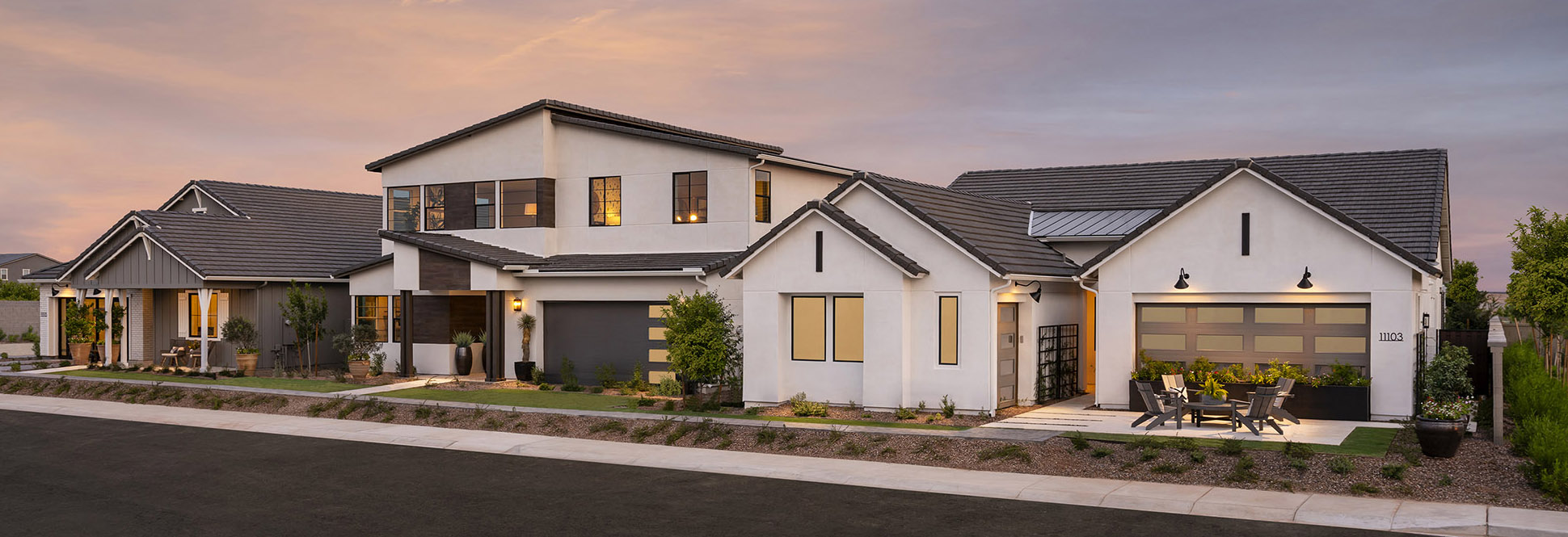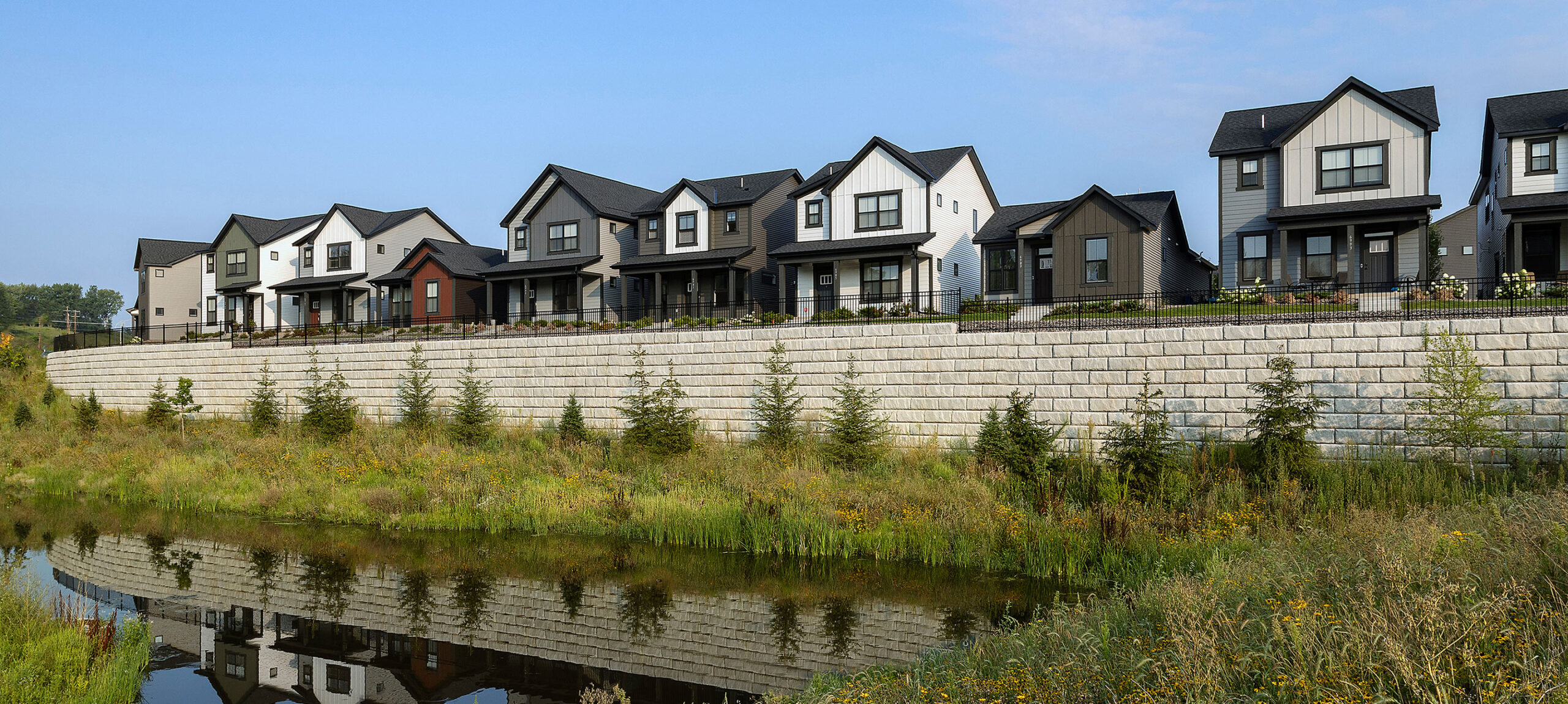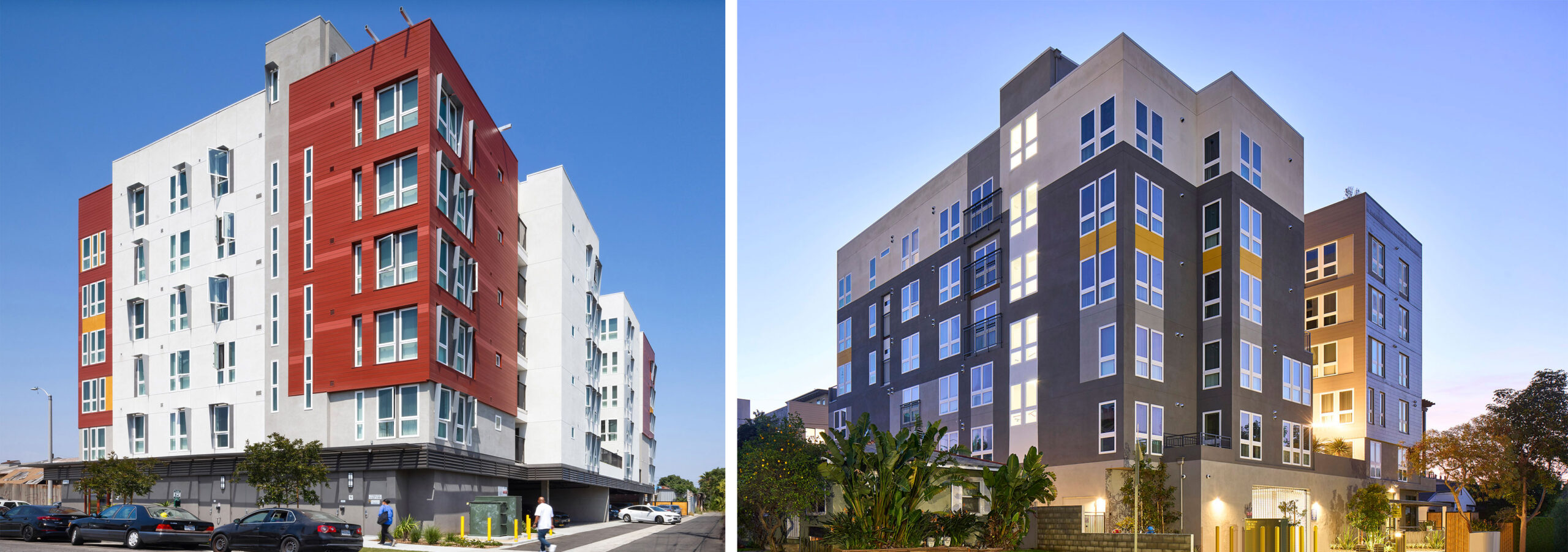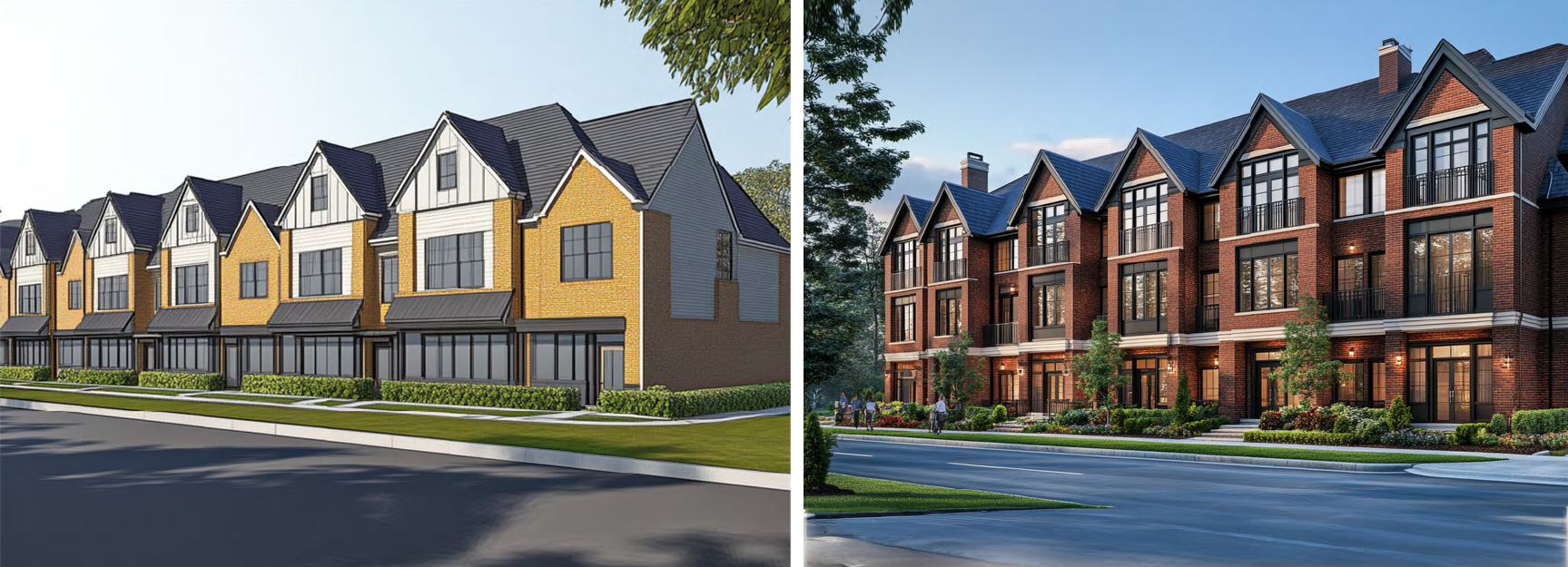Managing cost without reducing consumer appeal is a balancing act. If you can do it effectively, it’s a sure way to maintain a competitive advantage in today’s market. Finding the perfect balance requires a strategic, holistic approach to reviewing and revising your plan portfolio. This means moving beyond “value engineering” to a performance-based mindset.
The performance mindset targets three key areas: Cost vs. value, consumer demand, and measurable metrics to determine effectiveness – or ineffectiveness – of floor plans. A focus on these three areas can guide product development toward higher levels of cost efficiency and lasting marketability.
Consider using a three-tiered strategy to identify and address potential performance improvements at the plan level and across your entire portfolio.
1. Performance Engineering
2. Pre-2020 Plan Purge
3. Performing Asset Analysis
STEP 1: PERFORMANCE ENGINEERING
Focusing on plan efficiency and lifestyle at the design stage creates greater opportunities for success in the field. The best floor plans help reduce unnecessary materials and labor expense while maintaining – and even enhancing – lifestyle features that improve marketability. Perfecting the balance between reducing costs and increasing value requires a non-traditional approach.
The term “engineering” gets a bad rap among architects who often see designs stripped down to the bare minimum in the interest of cost management. Waiting to “engineer” a plan until post-bid is bound to set up this scenario time and again. Instead, plan designs should address cost from the outset. When buildability, efficiency and consumer appeal are fully baked into the program, there’s no need to slice and dice plans and features to reach the target price per square foot.
Performance engineering targets the ideal balance between cost reduction and consumer appeal. It is most effective when used during the conceptual and schematic design phases, not after.
Laser-Focused, Intentional Cost Containment
Efficiency equals value, both in real dollars and perception. The recent (and continuing) volatility in material and labor costs makes it paramount to design homes that can be easily constructed using the least lumber possible. Time-tested methods still work, like minimizing corners, reducing roof pitch, and eliminating unnecessary framing. Performance engineering takes it one step further: Instead of minimizing, reducing and eliminating after designs are finished, floor plans are created to intentionally achieve the targeted baseline of simplicity. They make “value engineering” irrelevant.
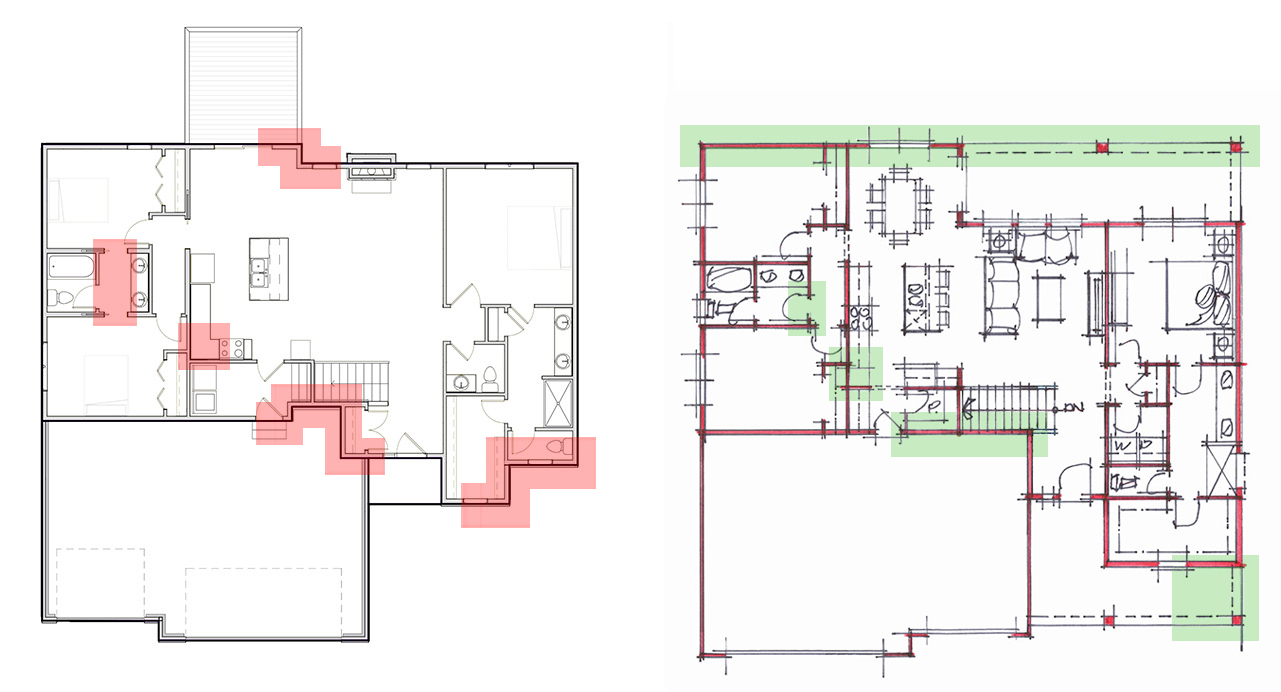
In this case study, not designing to a target baseline resulted in foundation, framing and truss complexities that increase costs (in red above). The plan also fails to provide some basic must-have lifestyle elements, like walk-in pantries and great outdoor living. This creates the potential for sub-optimal performance because the cost of construction is not balanced with high-value plan features.
In contrast, by redesigning within the same program, the plan was performance engineered to intentionally address problem areas from the outset. The new conceptual design has fewer corners, aligned walls that enable simpler truss assemblies, and it requires less framing lumber overall. Performance engineering eliminates higher cost corner cabinetry and an extra door in the bathroom. Window shapes and sizes are more consistent. The simplified envelope is also easier to frame and finish, which can decrease construction time.
Lifestyle Features for Enhanced Consumer Appeal
The second part of performance engineering is less evident but even more important. Back to the case study, the original plan was a good seller, but it fell short in some high-value areas (in red below). Once greater plan efficiency was achieved through performance engineering, the design team now had some wiggle room in the program and budget to offer enhanced lifestyle features that took the plan from good to great.
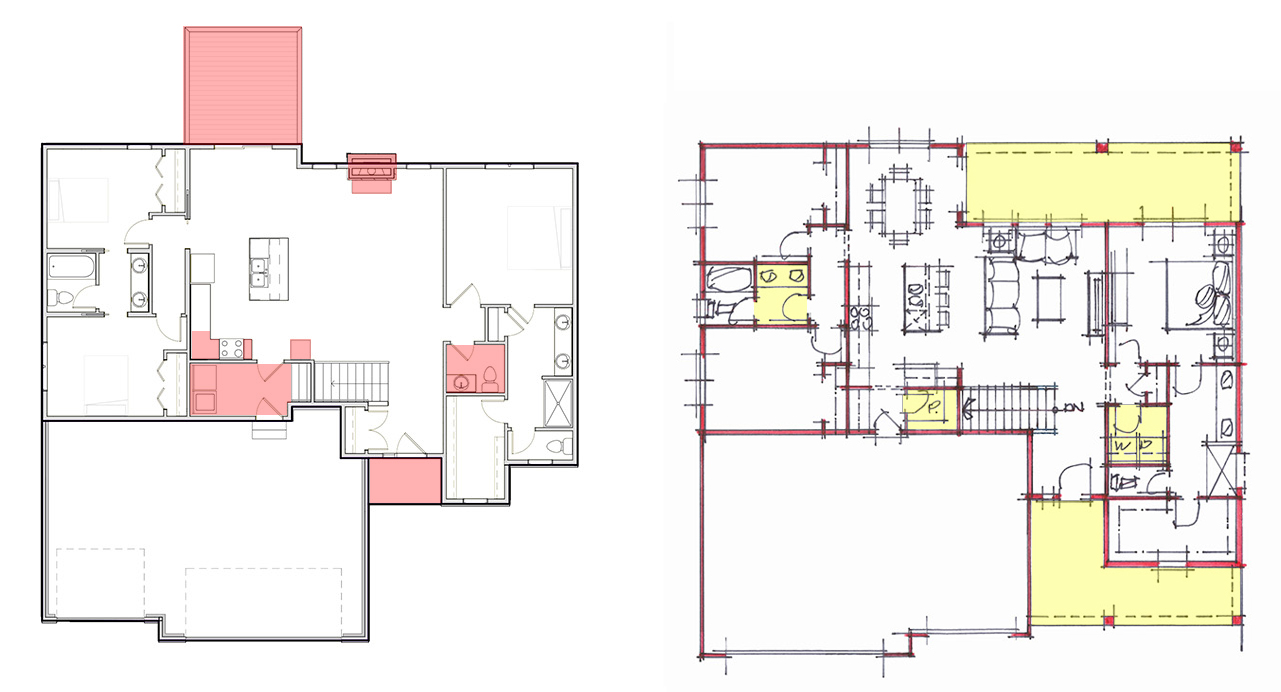
With similar square footage as the original, the new plan incorporates several value-enhancing features, like an improved owners’ entry, a walk-in pantry, and two gracious outdoor living areas. Reconfiguring the Jack & Jill bathroom allowed us to remove the powder and relocate the laundry room closer to the primary suite. Each of these relatively small changes has dramatic impact on livability that consumers will pay for. Even if some of the additional features cause incremental cost increases, the exponential increase in marketability – and thus, sales price – more than makes up for it.
Putting It All Together
Any good plan or portfolio assessment should target cost reduction along with increased consumer appeal. Performance engineering is a targeted, strategic method to make plans easier to build, lower base construction costs and achieve higher perceived value.
- Reduce redundancies in existing plans to create smarter designs that build faster.
- Simplify footprints, framing, roof structure: Unnecessary complexity is not valuable to buyers.
- Standardize window types and door sizes while leveraging design to ensure they look great on a range of architectural styles (Curb appeal still matters!).
- If going smaller, adjust plans to include today’s essential lifestyle spaces: Functionality is outperforming space for show.
This article was based on a speech titled “Winning Strategies for Product Design” delivered by Steve Moore, Senior Partner, at the 2023 Shinn Builder Partnerships Executive Summit.
